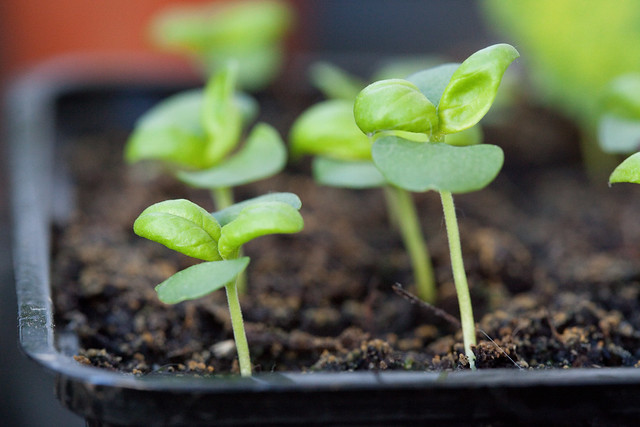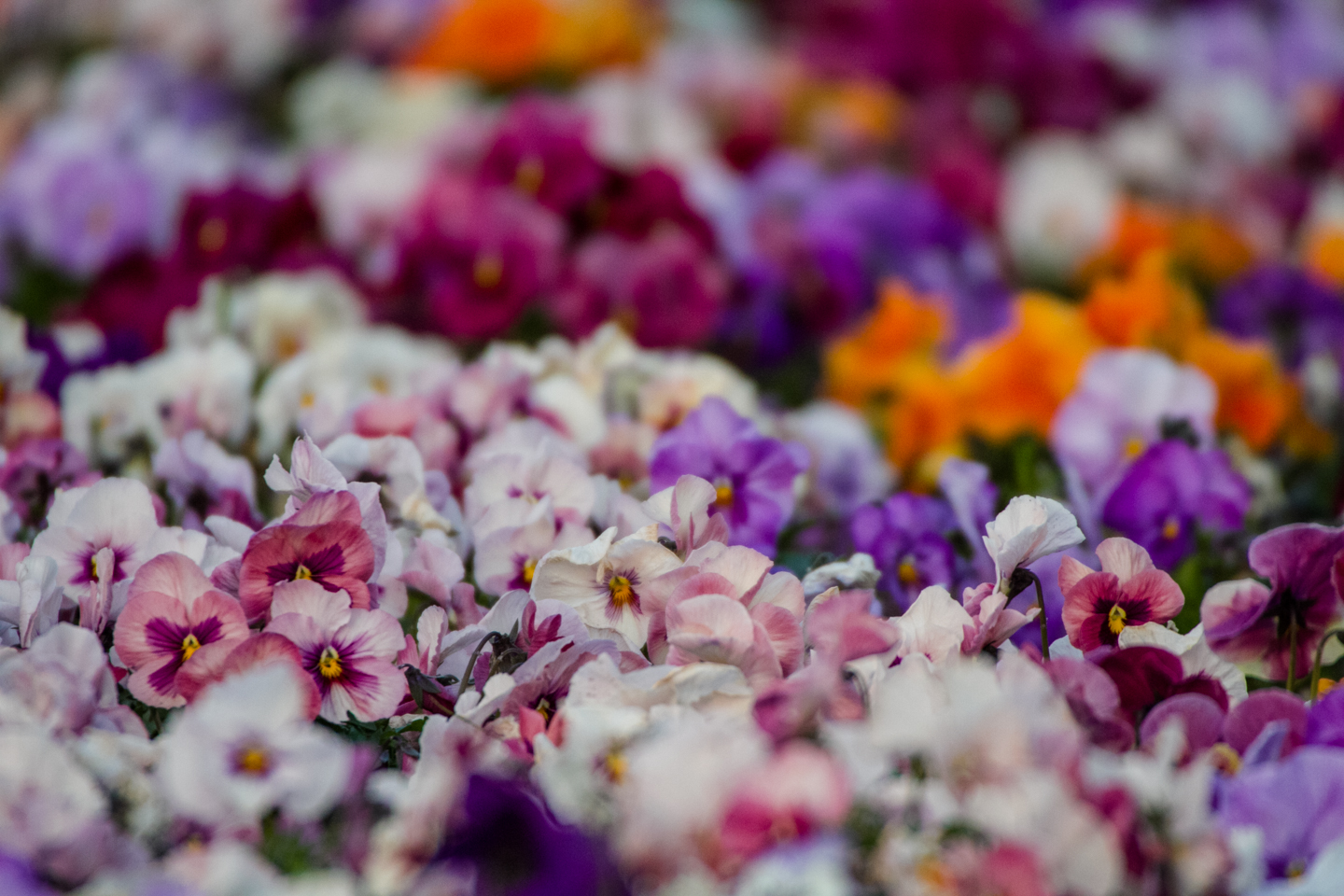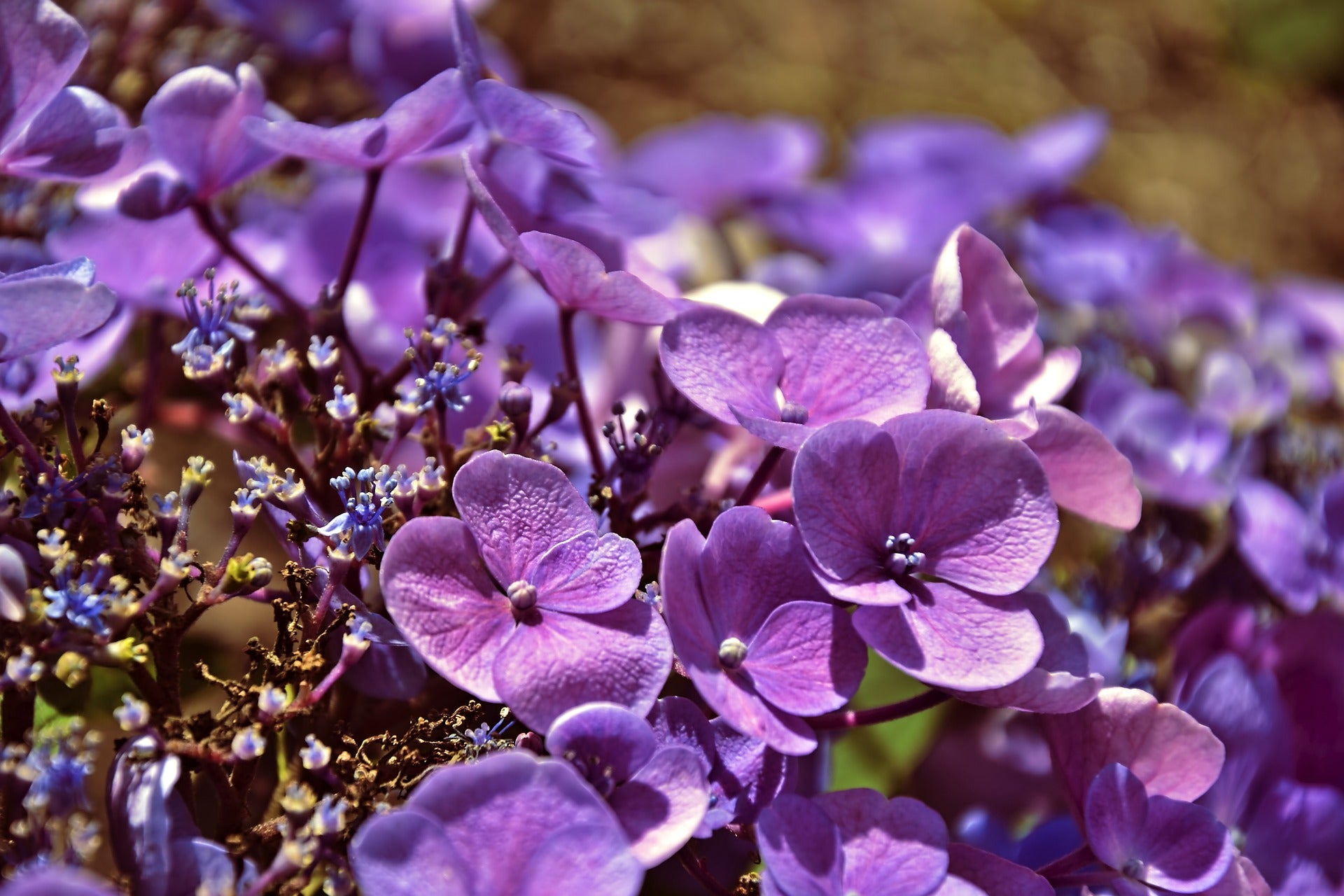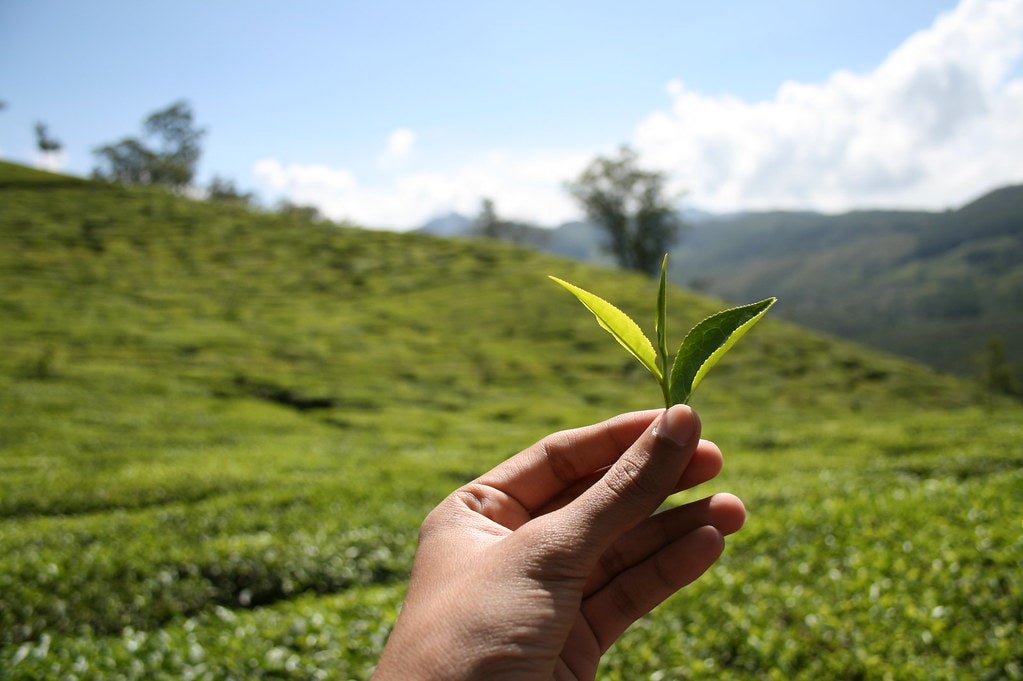With the right timing, your garden can thrive from one season into the next, yielding delicious treats and lovely aromas well into the fall.
Playing the weather in Wisconsin is the game when it comes to starting your garden. Mark Dwyer, horticulture speaker, educator and author, shared suggestions about what to add to your garden this year. Dwyer has degrees in landscape architecture and urban forestry and is former director of horticulture at the Rotary Botanical Gardens in Janesville.
After a pandemic gardening boom last year, Dwyer said gardening is here to stay. Planning your garden early is the best way to beat the rush.
Stay informed on the latest news
Sign up for WPR’s email newsletter.
Patience Is A Virtue
Sunshine and rising temps can lull people into a false sense of security, said Dwyer.
“There’s a danger right now in planting some of our heat-loving or warm-season plants — like tomatoes and basil — too early simply because evening temperatures are too cool and the ground temperature is also quite cold. Be a little more prudent with timing for those plants that will really thrive with higher daytime temperatures and warmer soil,” he continued.
Dwyer cautioned against the urge to get started early. Your plants will take right off when planted in ideal conditions.

But there’s still plenty to do. For instance, it’s a good time of year to install trees and shrubs.
Dwyer also recommended doing your purchasing now, if you haven’t already.
“The plant and seed shortage (last spring) carried on into this year simply because a lot of stock that was earmarked for this year was sold last fall. But I don’t think that should dissuade people from exploring and doing local shopping,” advised Dwyer.
He said the hope is this fall and next spring, the nursery industry will adjust and supply and demand will balance out a little better. For now, he’s still hearing a lot about shortages.
Early Greens
“It’s a great time of year to sow cool season greens like lettuces, beets and spinach,” said Dwyer. “There are a lot of plants that will germinate very quickly, even in the cooler temperatures.”
Dwyer explained there’s another advantage to starting cool season greens now. Getting those early season greens means you can utilize the same containers or valuable gardening space to later host warmer season plants like tomatoes and peppers, which you can plant in about three to four weeks.
Once the plants are six to eight inches tall, Dwyer said it’s safe to start harvesting.
“With the lettuce crop, you’ll likely be able to cut back and harvest a few times before planting something else in that space later on in the heat of summer,” said Dwyer.
Cool Season Annuals
Dwyer is a huge fan of pansies.
“They are a great example of a plant that can take the cooler temperatures, even a light frost, and provide early color before you would even think about putting in petunias, geraniums or marigolds in,” he said.
Nemesia, Diascia and many others also thrive in late April and into early June.
“Incorporating these plants into beds and containers gives you additional color in the early end of the season. And conversely, they can actually be used late in the season as well with similar conditions of temperature and lighting,” said Dwyer. “It’s a great opportunity to bookend the seasons with some additional color in early spring and early fall.”

Fragrance All Season Long
Dwyer explained that when you think of fragrance, there are two methods to consider. The first is emission, or plants that naturally emit a scent — like lilacs. Then there’s tactile inducement of fragrance, or plants that you have to rub and smell — like rosemary.
Dwyer suggested segueing fragrance with woodies and perennials.
“Spring is heavy with a lot of woody plants that provide fragrance, like fragrant viburnums, lilacs and fragrant abelia. There’s a whole host of May into June blooming woodies that provide fragrance,” explained Dwyer.
Then you can move into summer annuals, like flowering tobacco that can provide sweet fragrance, particularly at dusk, and can really perfume a garden.
“For the summer months, there’s a wide range of amazing annuals. One of my favorites being fragrant heliotrope, which has the scent of vanilla,” Dwyer recommended.
Make sure you position fragrance in the garden in areas where you can enjoy it, like by the back porch or near the patio.
Consider Compact Shrubs
Smaller breeds of plants have more applicability and can better fit into the average, or even smaller, landscape.
One example is baby kim, a compact lilac that grows three-feet by three-feet. In comparison to a French lilac that will grow up to 20 feet tall — which many people don’t have the space for — baby kim could grow right below the front windows of the house.
“I think what it’s doing is expanding the opportunity for the consumer to get all the features of a plant that maybe was too ungainly or unwieldy in a traditional landscape, but still have all those ornamental features of interest in a smaller stature plant,” suggested Dwyer.
What About ‘Unusual Plants?’
“New plants aren’t always good. And good plants aren’t always new,” cautioned Dwyer.
Dwyer emphasized getting to know a plant before you buy it, shopping locally and joining gardening groups and communities as ways to find a wide range of “awesome plants” for your garden.
Wisconsin Public Radio, © Copyright 2025, Board of Regents of the University of Wisconsin System and Wisconsin Educational Communications Board.

